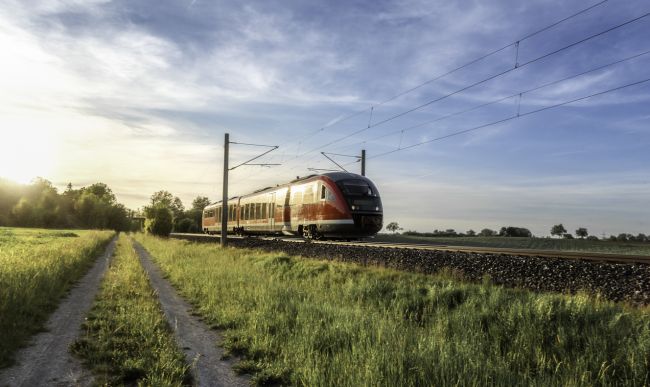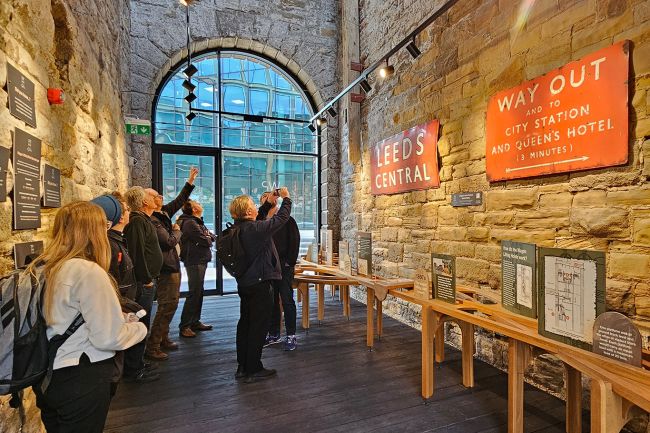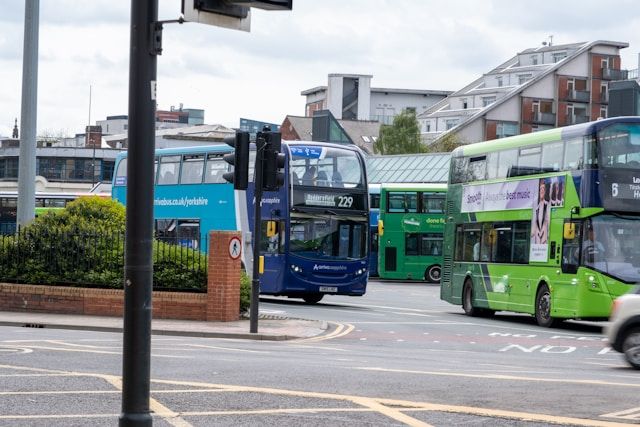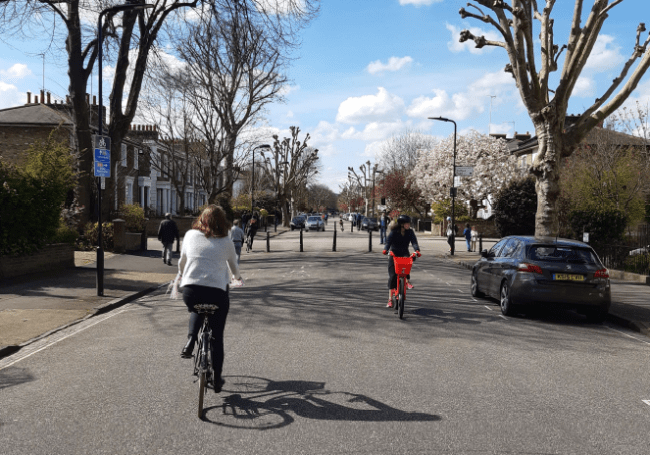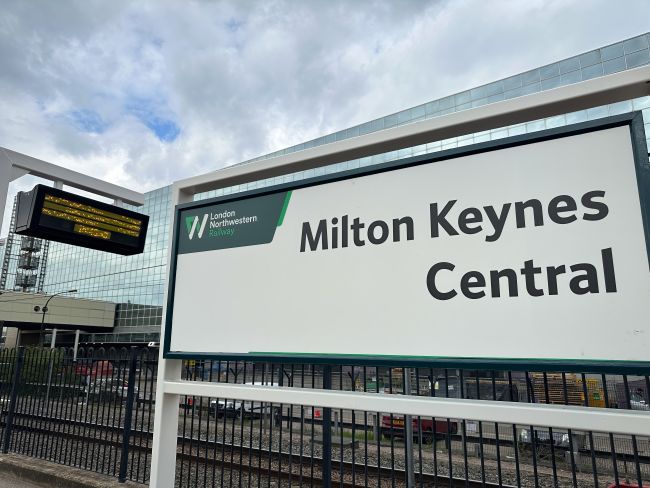Making the intangible tangible
Infrastructure planners have the experience and tools to quantify improvements to travel times and hence changes in transit ridership. However, the public and decision makers are more likely to be interested in the impact of infrastructure on the economy, the environment and society, and planners will need to be persuasive of the benefits of infrastructure investment in these areas.
Infrastructure planners have the experience and tools to quantify improvements to travel times and hence changes in transit ridership. However, the public and decision makers are more likely to be interested in the impact of infrastructure on the economy, the environment and society, and planners will need to be persuasive of the benefits of infrastructure investment in these areas.
Public engagement for a transportation project therefore needs to include the metrics which are likely to be of greatest interest to the public rather than technical data such as travel time savings, traffic impacts and ridership.
Equally important, projects may require cooperation between bodies with a range of interests and goals, and decision makers in these bodies will need evidence either that their goals have been met or that any tradeoffs made are necessary and acceptable.
We suggest that the principal additional areas to be considered can be grouped into three “tangible” intangibles, with associated metrics, as set out below.
Economic impact
Evidence suggests that most members of the public will vote for an outcome which improves, or at least does not worsen, their own position. It is therefore important to present evidence allowing them to assess “What’s the bottom line for me?”
Municipal and regional governments involved in transit decisions should ideally be shown the potential benefits in terms of an environment which supports business and can lead to increased economic activity and new employment opportunities.
Metrics likely to be of interest include projections of businesses moving to the area and increased tax revenues, supported by the technical evidence of how the project will reduce travel times and cost to key destinations.
Environmental Impact
Investment in infrastructure for public transit can be a key catalyst in preventing environmental degradation, both at the global level, through reduced consumption of non-renewable resources, and reduced greenhouse gas (GHG) emissions, and at the local level, with reduced traffic congestion, noise and air pollution. In denser European cities, projects are unlikely to be credible if they cannot demonstrate that roadside pollution levels will remain, or be brought, within strict air quality standards. In addition, increased use of public transit, biking and walking can all lead to health benefits.
Metrics likely to be of interest include not only reduced global emissions, but also reduced household expenditure on fuel, better local air quality, and the potential health benefits of a more physically active population. Health benefits are a particularly strong potential selling point for local or city-wide bike hire schemes.
Social Impact
Better accessibility can also help kick-start revitalization of neighborhoods or cities as targeted areas become more attractive for both residential and commercial developments. However, our experience suggests that some people will be concerned that new housing and commercial builds will widen the wealth gap. A common fear is that new transit will be expensive, or only for the rich, or provided connectivity focused on the travel patterns of richer residents. This fear can be alleviated by careful planning of how transit and new community development will reshape cities, and how adverse impacts can be minimized by mandating a base level of social services and access to employment.
Metrics likely to be of interest include proposed transit fares, including discounts for seniors and other groups, and clear analysis of how benefits will be distributed, to demonstrate that the proposals do not favor one part of the community at the expense of another.
